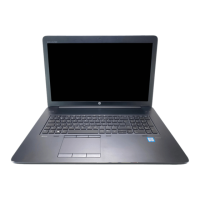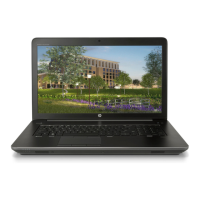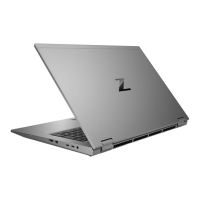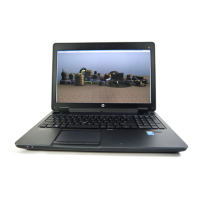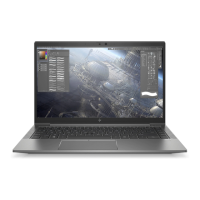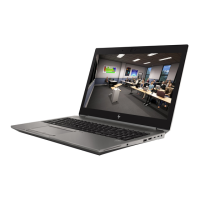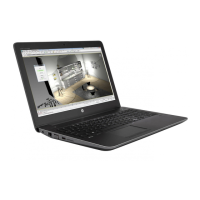3. Click Schedule, and then select a time schedule to perform backups at a regularly scheduled time.
To immediately back up your information, click the Backup Now check box.
NOTE: Before you back up your information, be sure you have designated a location to save the
backup files.
4. Click Save and Backup to start the backup and to save the backup settings.
To restore backup files:
1. Select Computer > More Applications > Tools > Backup Manager Restore.
2. Click Backup Source, and then select the location of the backup files.
3. Click Restore Destination, and then select the destination to restore the files.
4. To restore all files from the selected location, click Restore all files. To restore select files only, click
Restore selected files, click Select Files and then select the files to be restored.
5. Under Restore Point, click the time and date of the backup.
NOTE: If multiple backups have been performed, click Use the latest version to restore the latest
version.
6. Click Restore to start restoring the files, or click Cancel to cancel the operation.
Performing a system recovery
Recovery allows you to repair or restore the computer to its original factory state.
CAUTION: Using Recovery completely erases hard drive contents and reformats the hard drive. All files you
have created and any software installed on the computer are permanently removed. The recovery tool
reinstalls the original operating system and HP programs and drivers that were installed at the factory.
Software, drivers, and updates not installed by HP must be manually reinstalled. Personal files must be
restored from a backup.
To restore the computer using the HP Factory Image, you must first create the recovery media. If you have
not already created it, see Creating restore media on page 137.
To restore the computer from the recovery disc, follow these steps:
1. If possible, back up all personal files.
2. Insert the HP Factory Image into the optical drive or insert the USB disk on key into the USB port, and
restart the computer.
3. As the computer is restarting, press f9 to open the Computer Setup boot option menu and select the
option for the optical drive, if you are using a DVD to restore. If you are using a USB disk to key, select
USB disk on key.
4. Press the down arrow to select Restore SLED HP-BNB preload image from the Linux boot menu, and
then press enter.
5. Using the arrow keys, select Yes when prompted: Do you want to start the System-Restore?
6. Follow the on-screen instructions.
NOTE: The image produced by the Create Factory Image utility may be written to either a USB disk on a key
or a DVD. To write the image to a disk, use the dd command to transfer the image to a USB disk on a key. The
USB disk on a key may be inserted in a USB port.
138 Chapter 13 Backup and Recovery in SUSE Linux
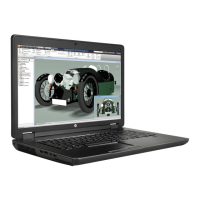
